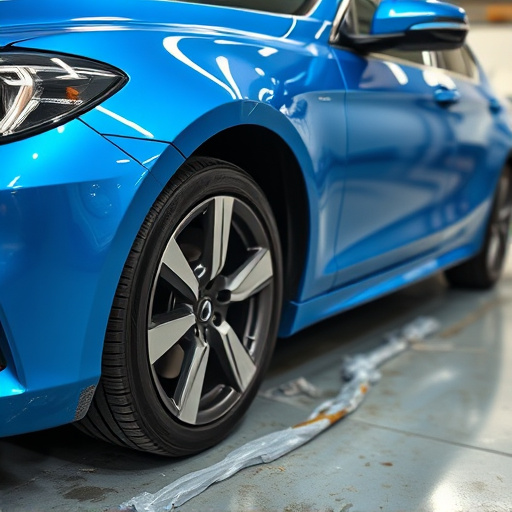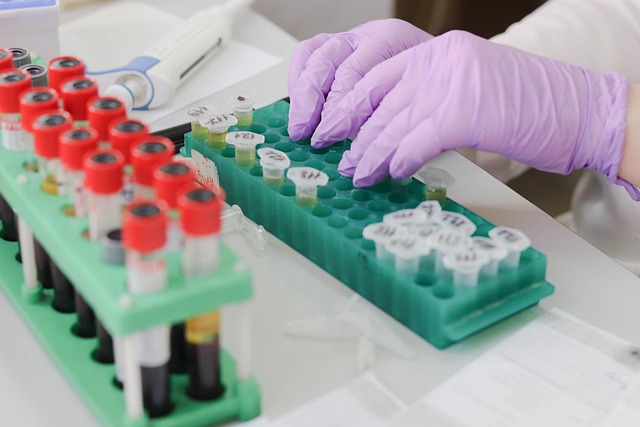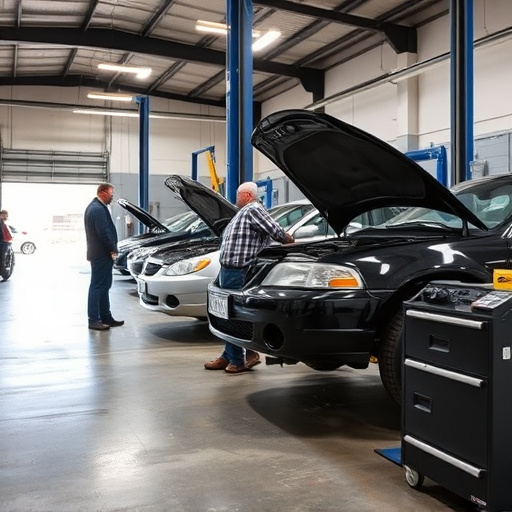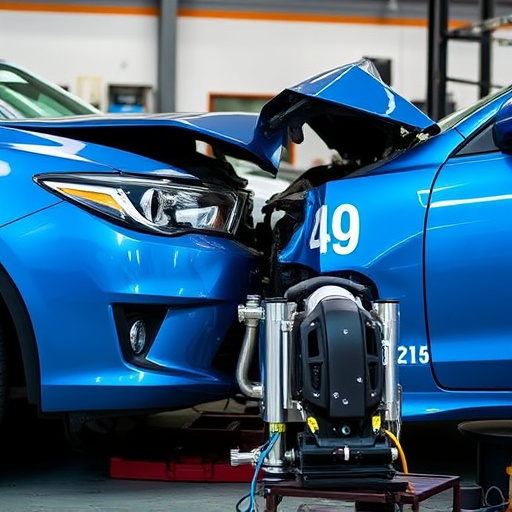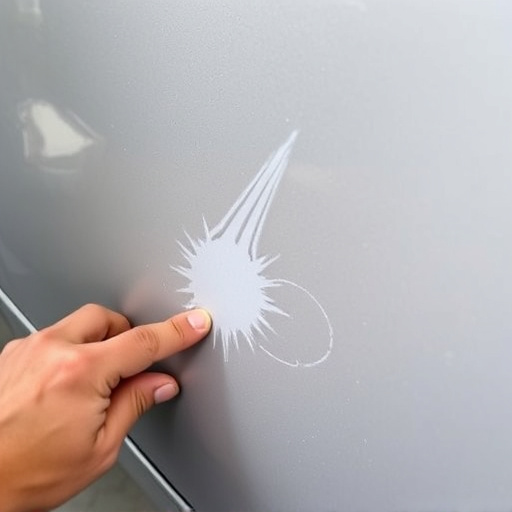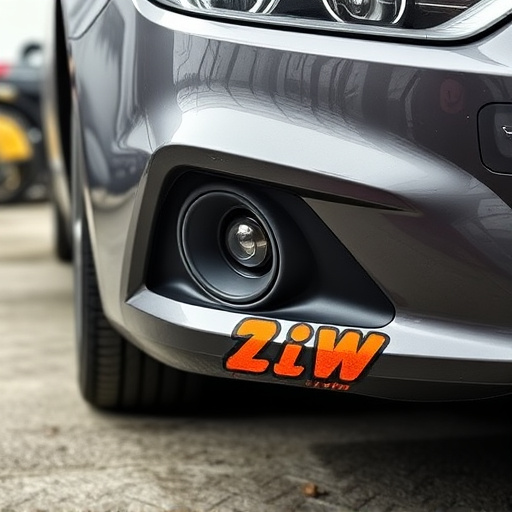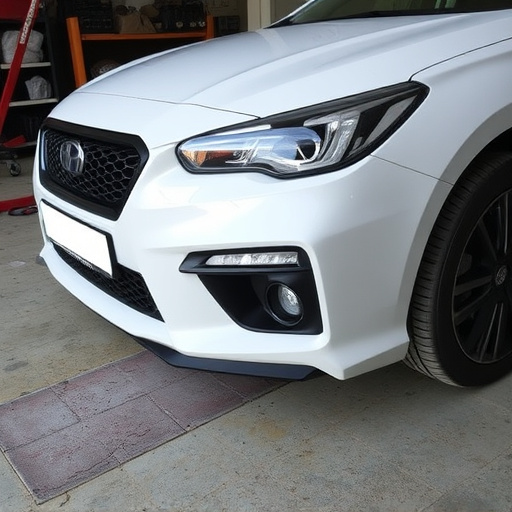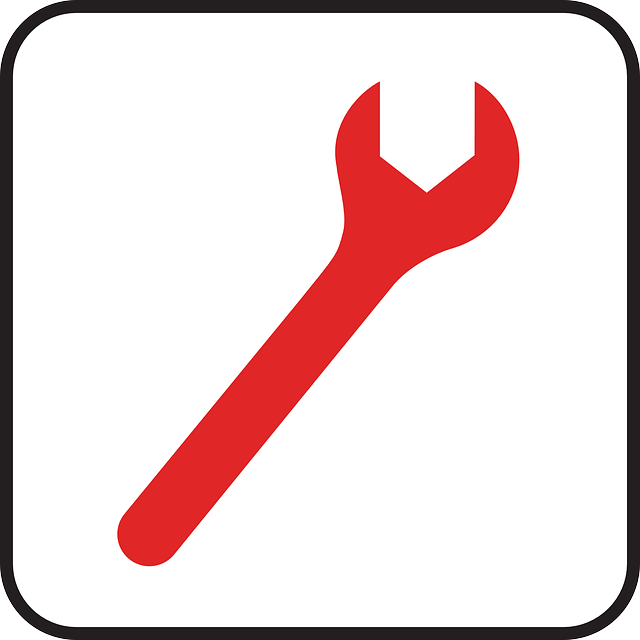Glass repair insurance, a historical evolution from auto body work, has revolutionized how businesses manage glass damage. With technological advancements driving changes, auto collision centers now offer comprehensive services that save costs, enhance customer satisfaction, and promote sustainability. Key trends shaping the future include AI integration for tailored policies, shifting demand due to autonomous vehicles, eco-friendly practices, and digital claims processing facilitated by remote work trends.
Glass repair insurance has evolved from a niche coverage to a vital business tool, revolutionizing how companies manage and mitigate risks associated with damaged or broken glass. This article delves into the historical perspective of glass repair insurance, exploring its benefits and profound impact on businesses, from substantial cost savings to enhanced customer satisfaction. We also peek into future trends shaping this dynamic landscape.
- The Evolution of Glass Repair Insurance: A Historical Perspective
- Benefits and Impact on Businesses: From Cost Savings to Enhanced Customer Satisfaction
- Future Trends: Shaping the Glass Repair Insurance Landscape
The Evolution of Glass Repair Insurance: A Historical Perspective

The concept of glass repair insurance has a rich history that dates back to when vehicles first started becoming common on the roads. In the early days, auto collision centers were primarily focused on fixing vehicle bodies, including auto body work and painting services, with minimal attention given to glass repair. This was largely due to the complexity and specialized nature of glass replacement, which required unique skills and materials not commonly found in standard auto body shops.
Over time, as technology advanced and the demand for efficient, cost-effective solutions grew, the landscape changed dramatically. Glass repair insurance emerged as a game-changer, providing coverage for unexpected vehicle dent repairs, including shattered windows and damaged windshields. This shift allowed auto collision centers to expand their services, integrating glass repair capabilities that not only met but exceeded industry standards. Today, these centers are equipped to handle a wide range of glass repair and replacement needs, ensuring both safety and aesthetics in every vehicle they service.
Benefits and Impact on Businesses: From Cost Savings to Enhanced Customer Satisfaction
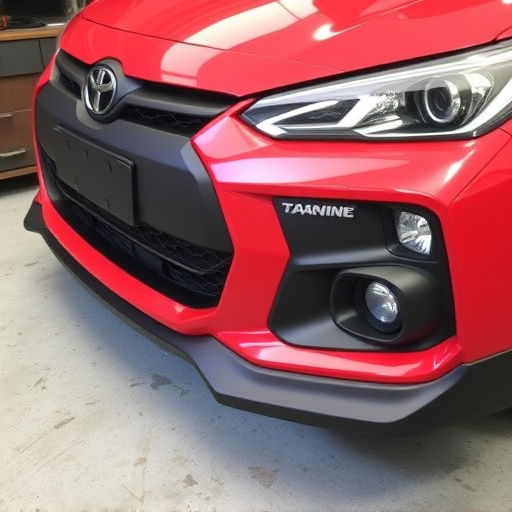
Glass repair insurance has revolutionized the way businesses handle and manage their assets, particularly when it comes to damage involving glass. One of the most significant benefits is cost savings. By having this type of coverage, businesses can avoid hefty expenses associated with replacing damaged glass panels, windows, or doors. This is especially valuable for establishments with extensive glass installations, such as showrooms, galleries, and modern architectural structures, where each replacement could incur substantial charges.
Moreover, glass repair insurance positively impacts customer satisfaction. It demonstrates a commitment to ensuring a safe and aesthetically pleasing environment for clients. In the event of accidental damage or vandalism, prompt repairs backed by this insurance ensure minimal disruption to business operations and customer experiences. This can foster loyalty among patrons who appreciate the proactive measures taken by these businesses, ultimately enhancing their reputation as reliable and customer-centric entities, be it a car body shop specializing in auto body painting or a high-end car body restoration facility.
Future Trends: Shaping the Glass Repair Insurance Landscape
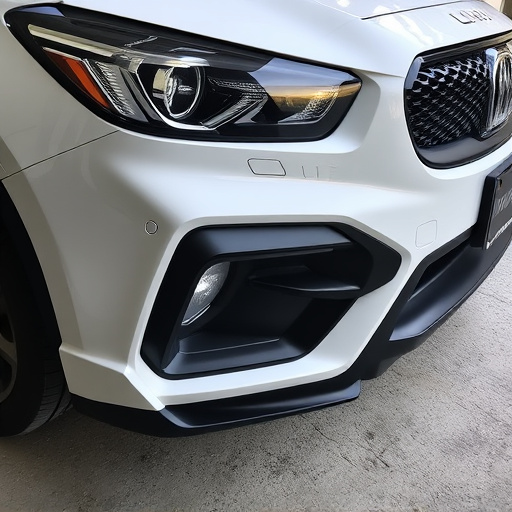
As we move forward, several trends are poised to significantly shape the future of glass repair insurance. One prominent trend is the integration of advanced technologies in both claims processing and risk assessment. Artificial intelligence, for instance, can analyze historical data to predict patterns and identify high-risk areas, enabling insurers to tailor policies more effectively. Additionally, the rise of autonomous vehicles may lead to a decrease in auto collision repairs as these cars are designed to be more accident-resistant and self-repairing. This shift could potentially alter the demand for glass repair insurance.
Another notable trend is the increasing emphasis on sustainability. As environmental consciousness grows, there’s a push for eco-friendly materials and practices in the repair industry. Glass repair insurance providers will need to adapt by offering policies that support these sustainable initiatives, such as recycling programs or using recycled materials during repairs. Furthermore, with remote work becoming more common, digital claims processing and online consultations could become the new norm, enhancing accessibility and efficiency in auto collision repair services, including glass replacement.
Glass repair insurance has evolved from a niche coverage to an indispensable component of business risk management. Its widespread adoption across industries attests to its transformative power, offering significant cost savings, improved operational efficiency, and enhanced customer satisfaction. As we look ahead, emerging technologies like advanced materials and predictive analytics will further shape the landscape of glass repair insurance, ensuring businesses remain protected against ever-evolving risks in a dynamic market.


